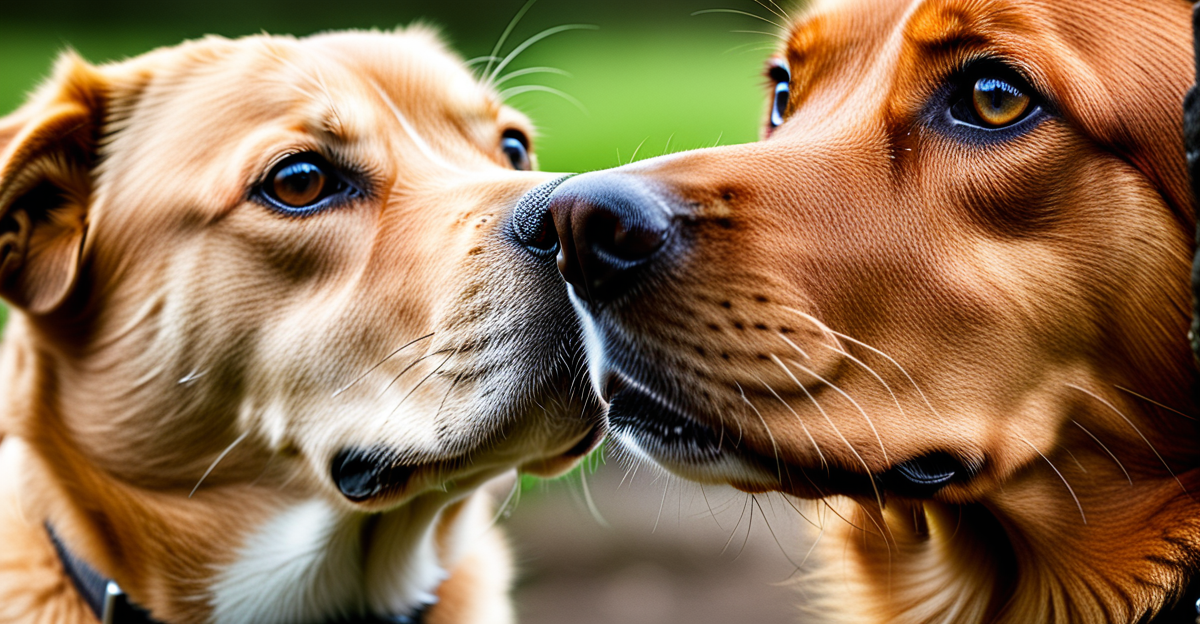Unique Environmental Factors for UK Pets
The UK pet environment poses distinctive challenges and opportunities for pet care. The UK’s temperate climate features mild winters and cool summers, which influences how pets need to be cared for throughout the year. For example, pets in the UK rarely face extreme heat, but the frequent rain and damp conditions can affect their coat health and increase risks of skin irritations. Understanding the UK climate for pets is essential for tailoring grooming and shelter needs accordingly.
Differences between urban and rural housing also shape pet lifestyles significantly. Urban UK pets often live in smaller homes or apartments, requiring more indoor stimulation and controlled exercise routines. Conversely, rural pets benefit from larger outdoor spaces but can encounter hazards such as local wildlife or agricultural chemicals. Recognizing these UK pet care disparities helps owners provide safer, healthier environments.
In the same genre : How Do UK Pet Habits Vary Across Different Regions?
UK weather patterns, characterized by unpredictable rain and wind, affect exercise habits and overall pet health. Regular walks might be interrupted, necessitating indoor activity options. In winter, cold and wet conditions can lead to joint stiffness or hypothermia risks, especially in smaller or short-haired breeds. Therefore, adapting routines to weather changes is a vital aspect of responsible UK pet care.
Legislative and Regulatory Influences on Pet Care in the UK
Understanding UK pet legislation is crucial for owners to ensure compliance and safeguard animal welfare. The UK enforces some of the strictest animal welfare laws UK has seen, aimed at protecting pets throughout their lives. The Animal Welfare Act 2006 mandates that pet owners must provide for the basic needs of their animals, including adequate food, water, shelter, and protection from pain, suffering, injury, and disease.
This might interest you : How Can Pet Ownership Influence Social Dynamics in the UK?
Alongside general welfare laws, the UK imposes specific licensing requirements for breeding, boarding, and pet-related businesses. These regulations ensure that standards are consistently met, protecting both pets and consumers. For example, breeders must be licensed to prevent puppy farming and encourage ethical breeding practices.
Recent legal changes linked to Brexit impact UK pet regulations on import and export. This includes updated pet travel rules, microchipping requirements, and vaccinations to reduce disease risks. Owners bringing pets into or out of the UK must adhere strictly to these regulations to avoid quarantine or denied entry.
By understanding and following UK pet legislation, owners support high welfare standards and contribute to a responsible pet care culture across the nation.
Unique Environmental Factors for UK Pets
The UK pet environment is shaped heavily by its temperate climate, influencing how pet owners approach care. Mild winters and cool summers mean pets generally avoid extreme temperatures, but persistent dampness can lead to skin issues and higher grooming needs. Understanding the UK climate for pets is vital; for instance, owners must manage wet coats to prevent infections.
Urban versus rural housing creates contrasting pet lifestyles. In the city, smaller living spaces limit outdoor time, increasing the importance of indoor enrichment and controlled exercise. Conversely, rural pets enjoy larger outdoor areas but may face risks such as exposure to wildlife or agricultural toxins. These differences are key considerations in UK pet care, requiring tailored approaches to ensure safety and wellbeing.
Frequent and often unpredictable rain affects exercise routines. Owners might struggle to maintain pets’ activity levels, potentially impacting physical and mental health. Additionally, cold and wet weather increases risks like joint problems in some breeds. Consequently, flexible routines and protective gear like waterproof coats become practical necessities in responsible UK pet care. This combination of climate and housing diversity demands attentive, adaptable care strategies unique to the UK setting.
Unique Environmental Factors for UK Pets
The UK pet environment is deeply influenced by its temperate climate, which generally offers mild conditions but also persistent dampness. This environment demands attentive UK pet care to prevent common issues like skin infections and coat deterioration caused by wet weather. Owners must ensure pets are dried thoroughly after exposure to rain to maintain coat health and avoid discomfort.
Urban and rural settings within the UK also create different challenges. In urban areas, smaller living spaces and limited outdoor areas mean pets require more indoor stimulation and carefully planned exercise. Meanwhile, rural pets enjoy space but face risks from wildlife, ticks, and agricultural chemicals, necessitating vigilant management within the UK climate for pets.
UK weather patterns, marked by frequent rain and wind, often disrupt regular walks and outdoor activities. This can affect pets’ physical and mental wellbeing, increasing the need for indoor exercise and enrichment. Moreover, colder, damper seasons can exacerbate joint stiffness or arthritis, particularly in older or short-haired pets. Practical adaptations such as waterproof coats or booties become essential in UK pet care, enabling pets to enjoy activity while staying protected from variable weather conditions. Understanding these factors ensures owners provide a safe, comfortable life tailored to the unique UK pet environment.
Unique Environmental Factors for UK Pets
The UK pet environment is shaped predominantly by its temperate climate, which requires specific adjustments in UK pet care. Frequent dampness and mild temperatures mean pets often need protection from consistent moisture, which can promote skin conditions. For example, owners should focus on maintaining dry fur to prevent irritations, especially in long-coated breeds.
Differences between urban and rural living greatly influence pet lifestyles in the UK. Urban pets face limited outdoor spaces, necessitating more structured indoor exercise to meet their activity needs. Conversely, rural pets enjoy more freedom but encounter unique risks such as exposure to wildlife and agricultural chemicals. These factors underscore the need for tailored care approaches responsive to the UK climate for pets.
Additionally, the often unpredictable UK weather impacts exercise routines and pet health. Rain and wind can limit outdoor activity, requiring alternative mental and physical stimulation inside the home. Cold, damp conditions also increase the risk of joint stiffness in older or short-haired animals. Practical solutions like waterproof coats or protective footwear are common in UK pet care, ensuring pets remain active while coping with weather challenges inherent to the UK environment.
Unique Environmental Factors for UK Pets
The UK pet environment is heavily shaped by its temperate climate, which mixes mild temperatures with frequent dampness. This combination requires particular attention in UK pet care to prevent moisture-related issues like skin infections and tangled fur. For example, drying pets thoroughly after walks in wet conditions is a practical step to maintain coat health and comfort.
Urban and rural housing create contrasting lifestyles for pets. In urban settings, pets often have limited outdoor space, increasing the importance of indoor exercise and stimulation adapted to smaller homes. Meanwhile, in rural areas, pets benefit from extensive outdoor access but face distinct risks, including exposure to wildlife, ticks, or agricultural chemicals. Understanding these contrasts is vital when tailoring UK climate for pets care routines.
Additionally, the UK’s unpredictable weather patterns directly affect exercise habits and pet wellbeing. Frequent rain and wind can disrupt outdoor activity, necessitating alternatives like indoor play and enrichment. Cold, damp conditions may worsen joint problems, especially in older or short-haired animals. Practical solutions such as waterproof coats and protective booties help pets stay active and protected, showing how UK pet care adapts to local environmental demands.








